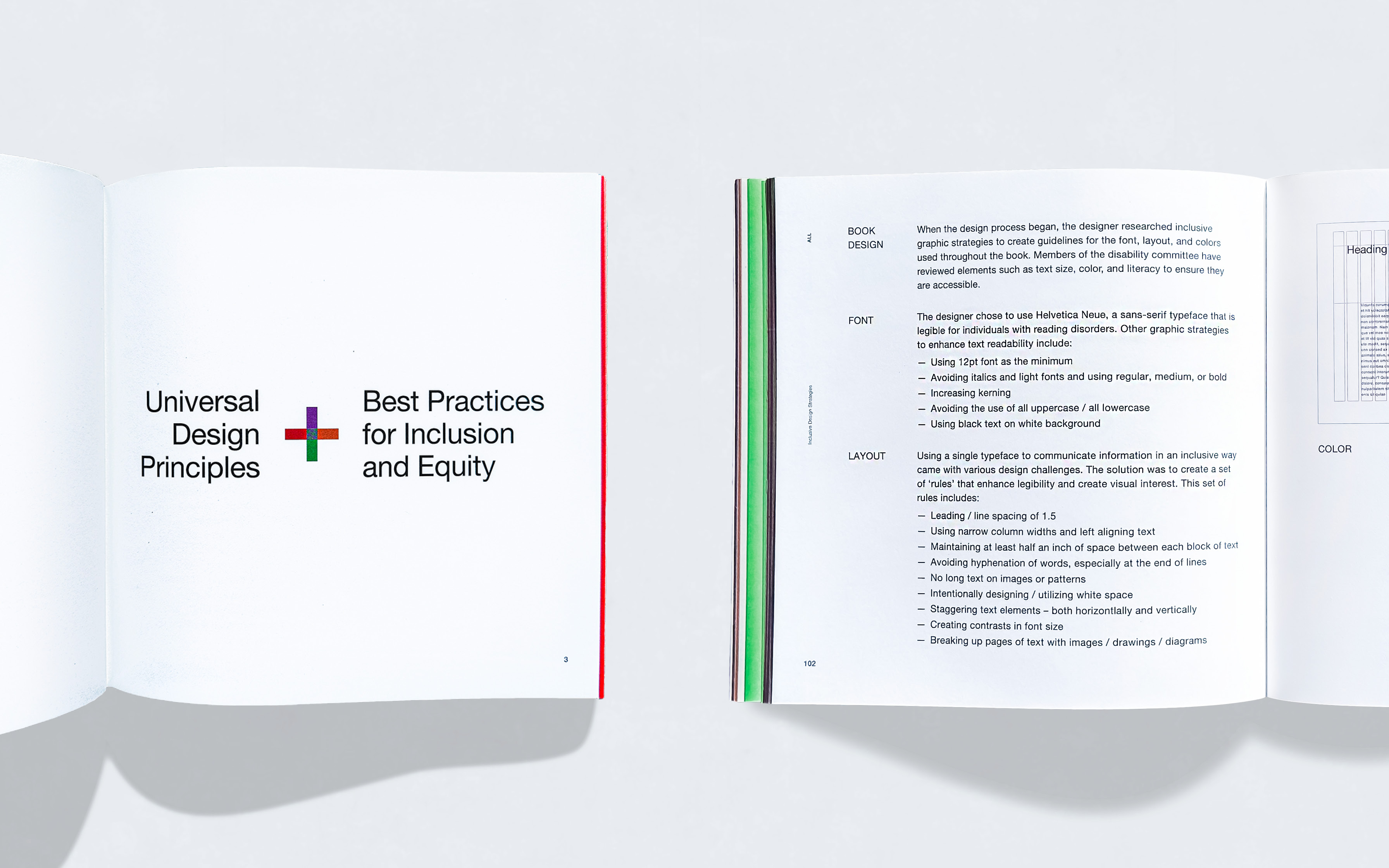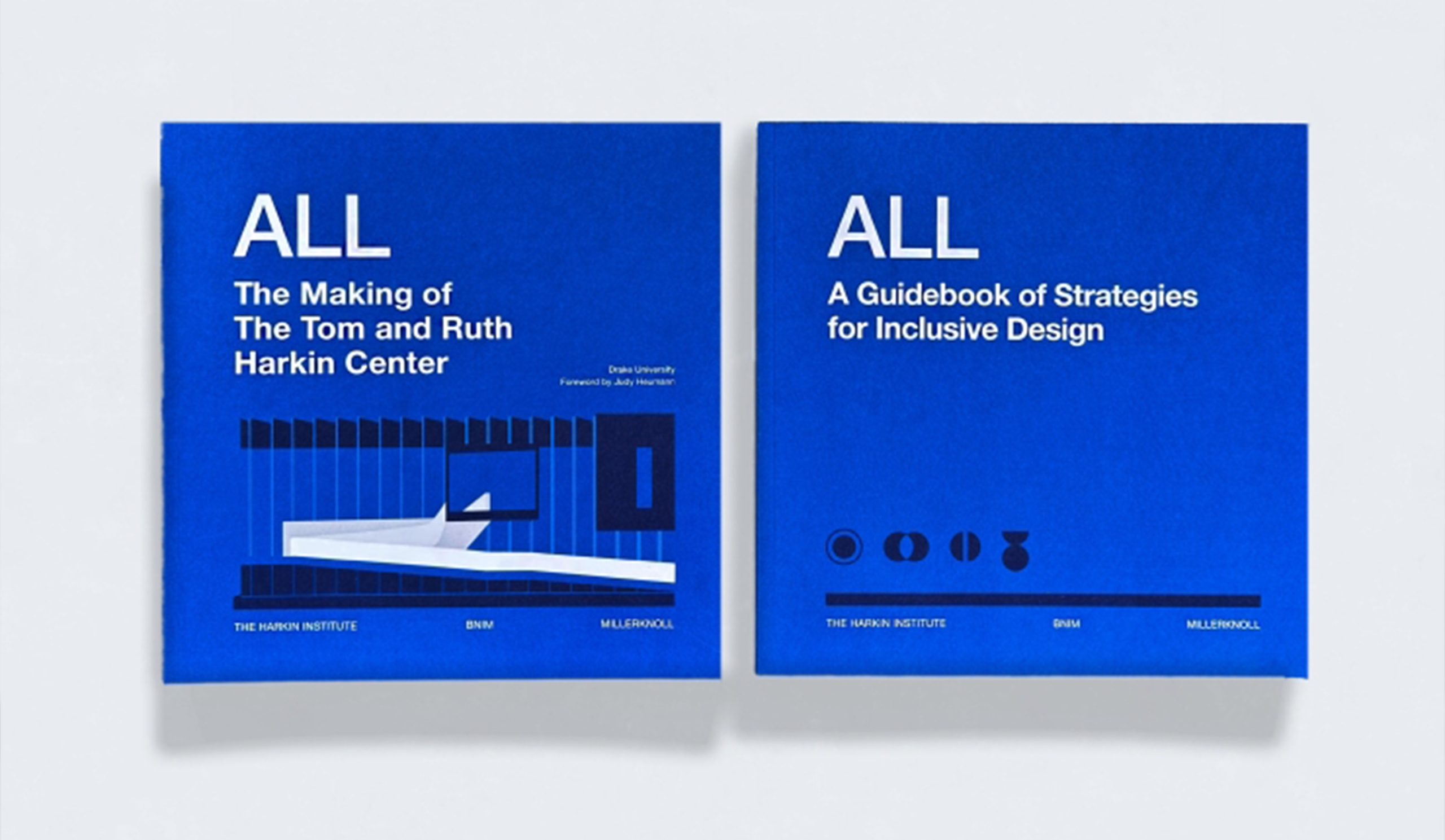
ALL – The Making of the Tom and Ruth Harkin Center
Several years ago, BNIM and The Harkin Institute for Public Policy and Citizen Engagement began the design of The Harkin Institute’s new home on Drake University campus — a space that would serve as a dedicated place of work, research, and community engagement while also becoming an exemplar of how the built environment can better embrace all people and abilities through inclusive and universal design.
The Tom and Ruth Harkin Center embodies the values of The Harkin Institute and demonstrates the positive impacts of design rooted in inclusion, equity, and empathy. The design incorporates new thinking about inclusive and universal design and equity beyond ADA (Americans with Disabilities Act) guidelines — one of retired Senator Tom Harkin’s most important legislative achievements.
The design team worked in collaboration with The Harkin Institute, Drake University, Senator Harkin, and a Core Disability Advisory Committee to understand needs not being met in the built environment, posing a key question which helped guide design process — What barriers still exist today? The answers that emerged from these important discussions, design and policy meetings, and research provided deeper insight into how architecture and design must evolve and expand the standards of inclusive design in all spaces.
“Architecture has worked to symbolize so much in human history, but few pieces of architecture have been so quintessentially human as The Tom and Ruth Harkin Center. The building is truly accessible to and inclusive of all people. It creates a feeling of equity and belonging rarely seen in buildings. This is a testament to Senator Harkin’s lifelong commitment to disability right, from his partnership in the passage of the ADA to The Harkin Institute’s efforts to bring more people with disabilities into employment.”
– Judy Heumann, Disability Rights Advocate
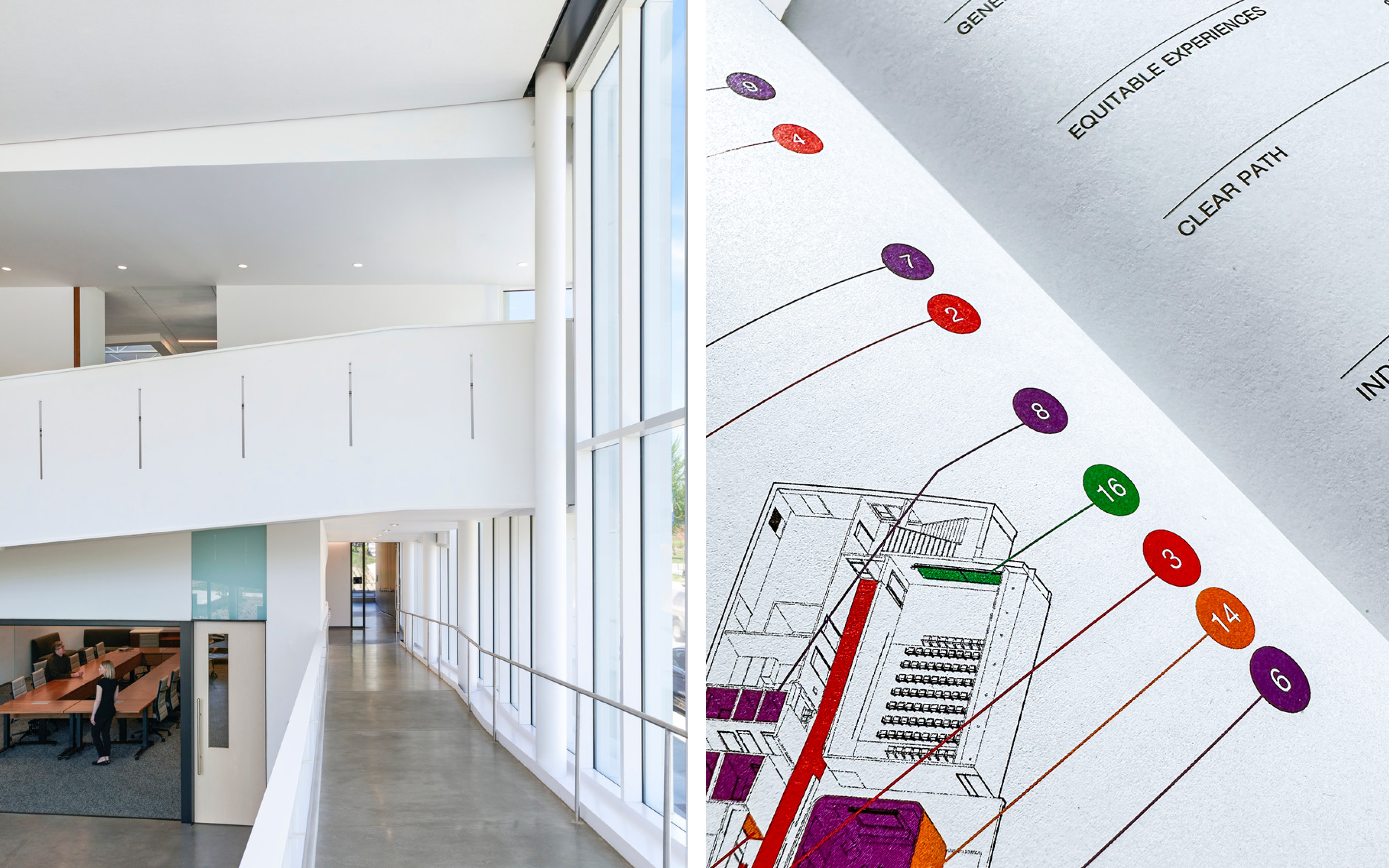
Design for ALL
The design process of the Tom and Ruth Harkin Center laid the foundation for BNIM, The Harkin Institute, and MillerKnoll to continue our collaborative partnership and research to advance design solutions to address the broad spectrum of human needs. Our team’s new publication ALL: The Making of the Tom and Ruth Harkin Center + A Guidebook of Strategies for Inclusive Design aims create a unified approach to elevate the practice of inclusive design across the architectural profession. ALL was created to tell the full story of the Tom and Ruth Harkin Center and is presented in a two-part flip book: the design process for the building and site and the four guiding principles used to organize spaces.
“The strategies for inclusive design developed for this project provide a model for architects and designers to create buildings and landscapes that are guided by a spirit of empathy for people and the planet – places that are gracious, considerate, and thoughtful for people of all abilities to work, learn, and belong.”
– Kevin Nordmeyer, BNIM Principal
Generous Space
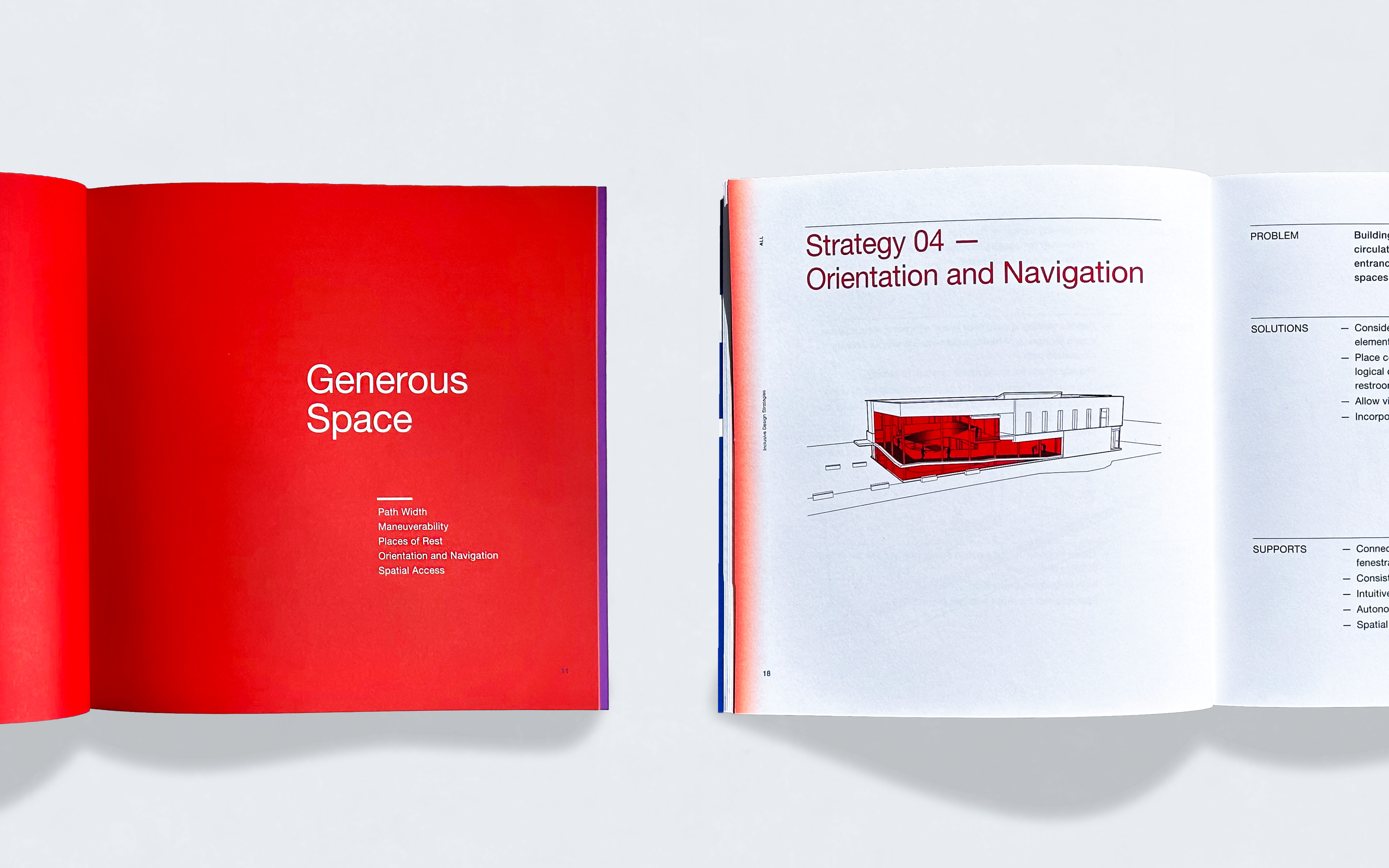 GENEROUS SPACE CREATES SPACE WHERE ACCOMMODATIONS DO NOT NEED TO BE ASKED FOR – WHAT IS NEEDED IS ALREADY AVAILABLE.
GENEROUS SPACE CREATES SPACE WHERE ACCOMMODATIONS DO NOT NEED TO BE ASKED FOR – WHAT IS NEEDED IS ALREADY AVAILABLE.
Equitable Experiences
 EQUITABLE EXPERIENCES ADDRESS NECESSARY FUNCTIONS IN THE MOST INCLUSIVE WAY POSSIBLE, MEANING NO ONE IS EXCLUDED FROM AN EXPERIENCE DUE TO THEIR ABILITY, GENDER, IDENTITY, ETC.
EQUITABLE EXPERIENCES ADDRESS NECESSARY FUNCTIONS IN THE MOST INCLUSIVE WAY POSSIBLE, MEANING NO ONE IS EXCLUDED FROM AN EXPERIENCE DUE TO THEIR ABILITY, GENDER, IDENTITY, ETC.
A Clear Path
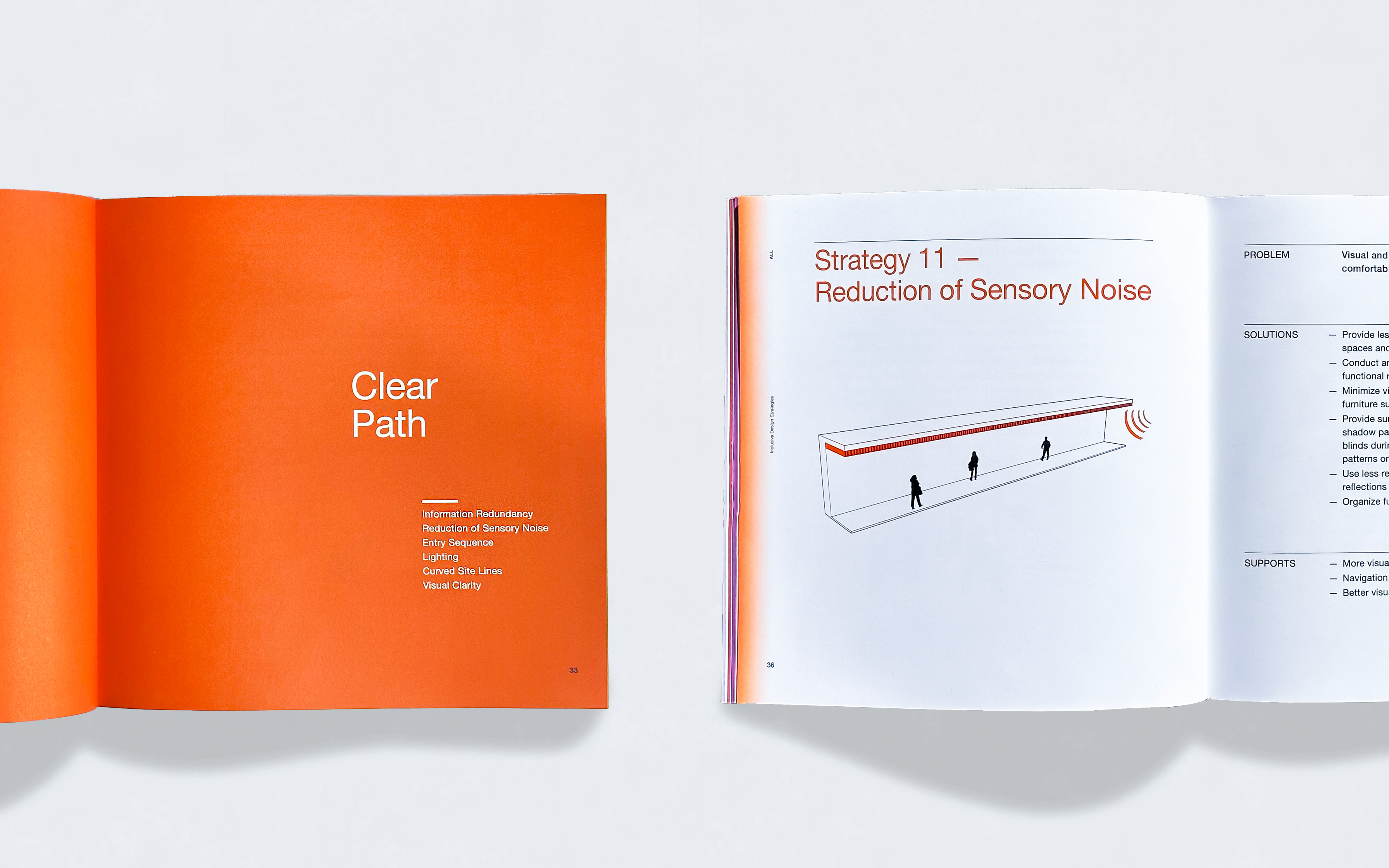 CLEAR PATH ALLOWS FOR AN ENVIRONMENT THAT IS INTUITIVE FOR BOTH REGULAR AND PART-TIME USERS AND VISITORS.
CLEAR PATH ALLOWS FOR AN ENVIRONMENT THAT IS INTUITIVE FOR BOTH REGULAR AND PART-TIME USERS AND VISITORS.
Individual Empowerment
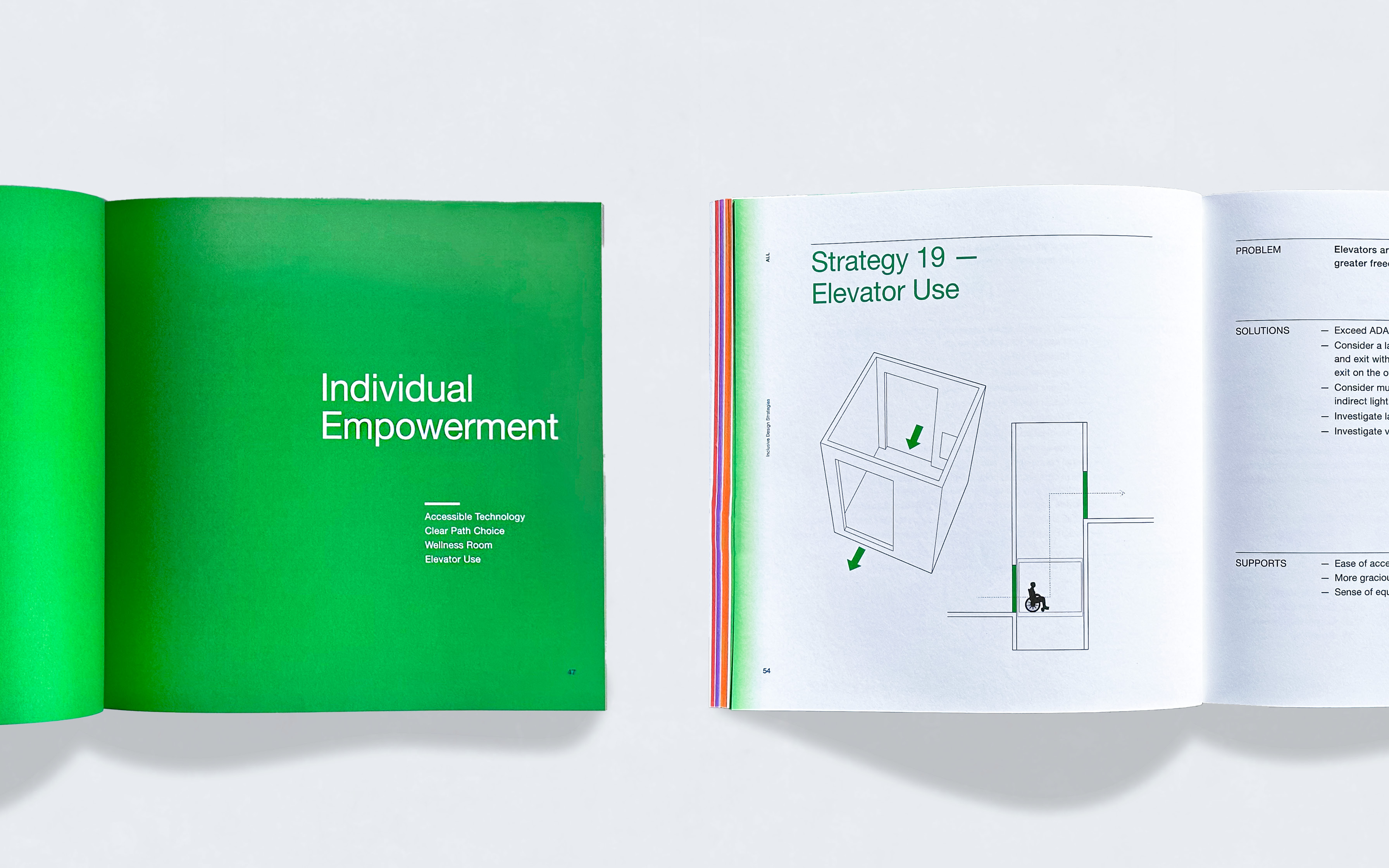 INDIVIDUAL EMPOWERMENT MEANS THERE ARE NO LIMITATIONS IN ONE’S ABILITY TO USE A SPACE THROUGHOUT THE DAY.
INDIVIDUAL EMPOWERMENT MEANS THERE ARE NO LIMITATIONS IN ONE’S ABILITY TO USE A SPACE THROUGHOUT THE DAY.
Inclusive design goes beyond the built environment. This book was designed with the empathetic spirit of the Tom and Ruth Harkin Center in mind and uses inclusive graphic design strategies throughout – for both the digital and print versions. Members of the disability committee have reviewed the book to ensure elements such as text size, color, and literacy are accessible.
The making of this book was an opportunity to be mindful and inclusive of the diverse needs, abilities, and backgrounds of every individual. We hope that, just like the Harkin Center, this book reflects an experience where people feel validated, celebrated, and empowered.
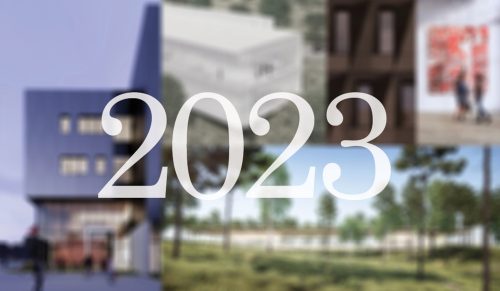
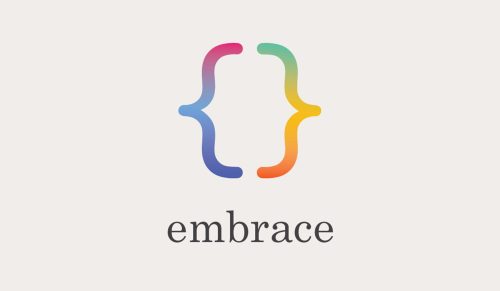
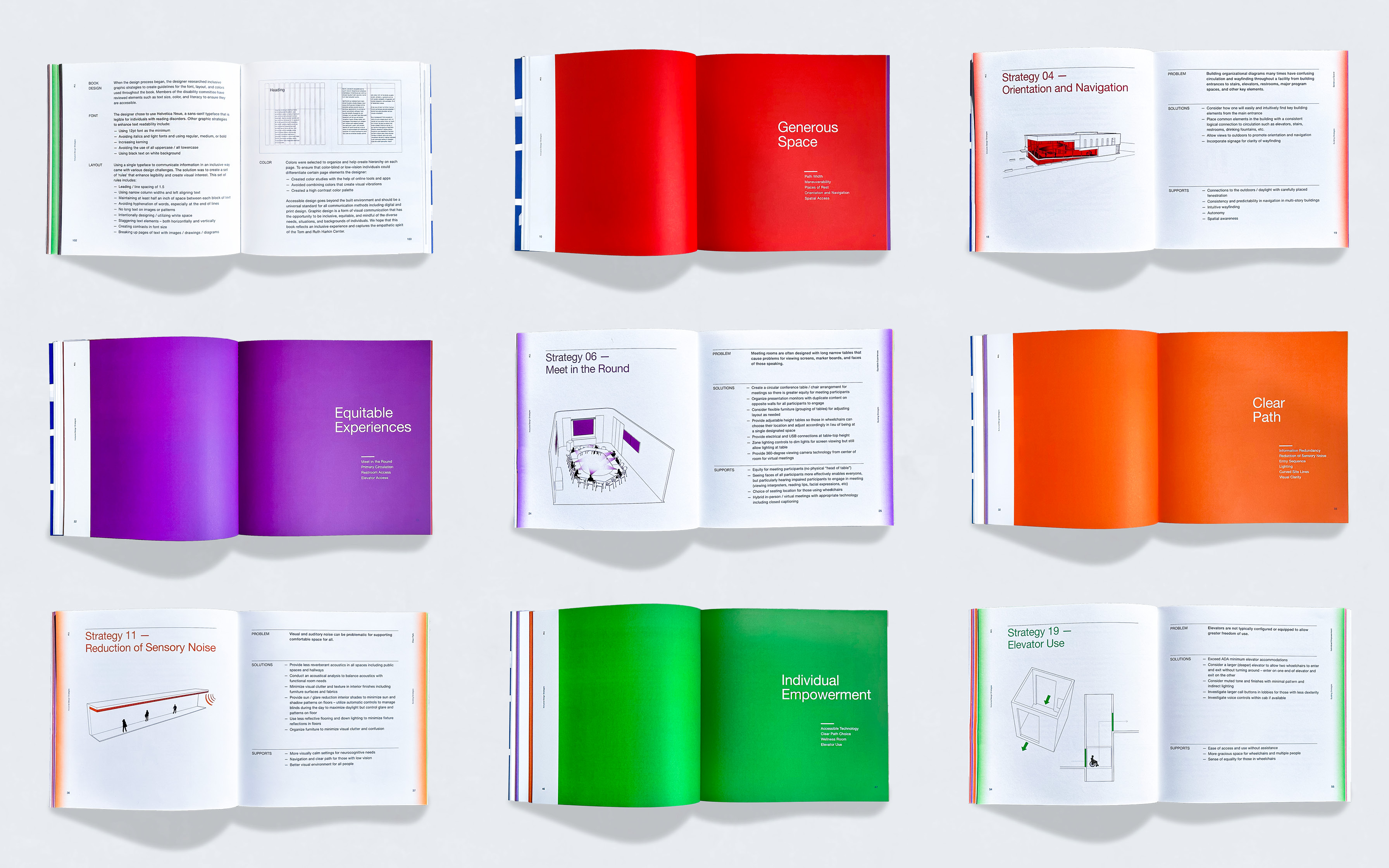
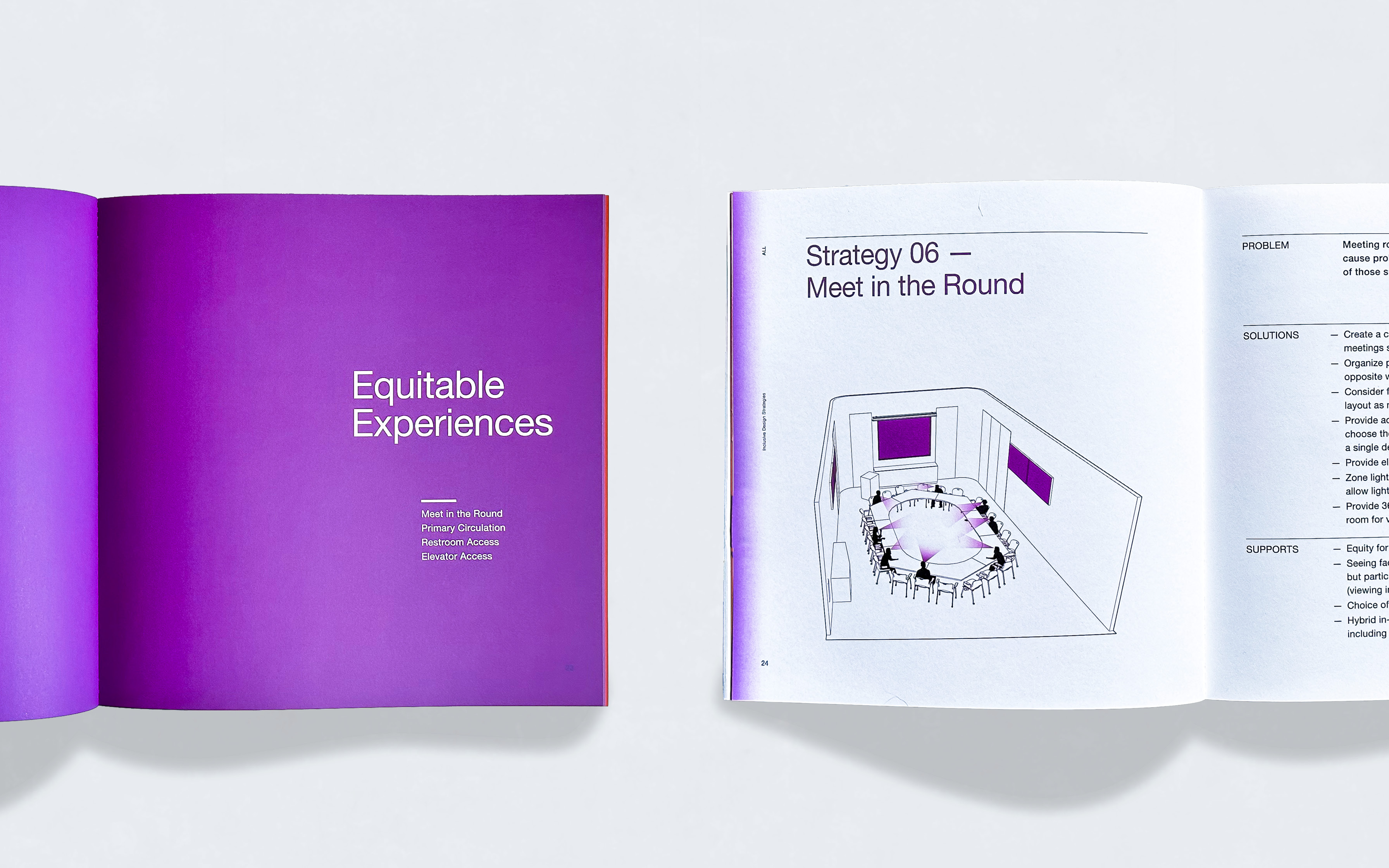 EQUITABLE EXPERIENCES ADDRESS NECESSARY FUNCTIONS IN THE MOST INCLUSIVE WAY POSSIBLE, MEANING NO ONE IS EXCLUDED FROM AN EXPERIENCE DUE TO THEIR ABILITY, GENDER, IDENTITY, ETC.
EQUITABLE EXPERIENCES ADDRESS NECESSARY FUNCTIONS IN THE MOST INCLUSIVE WAY POSSIBLE, MEANING NO ONE IS EXCLUDED FROM AN EXPERIENCE DUE TO THEIR ABILITY, GENDER, IDENTITY, ETC.